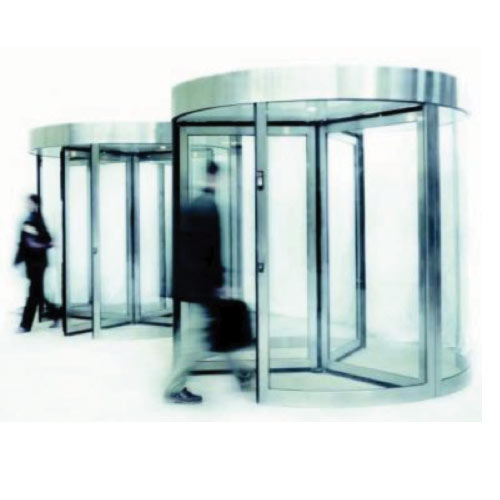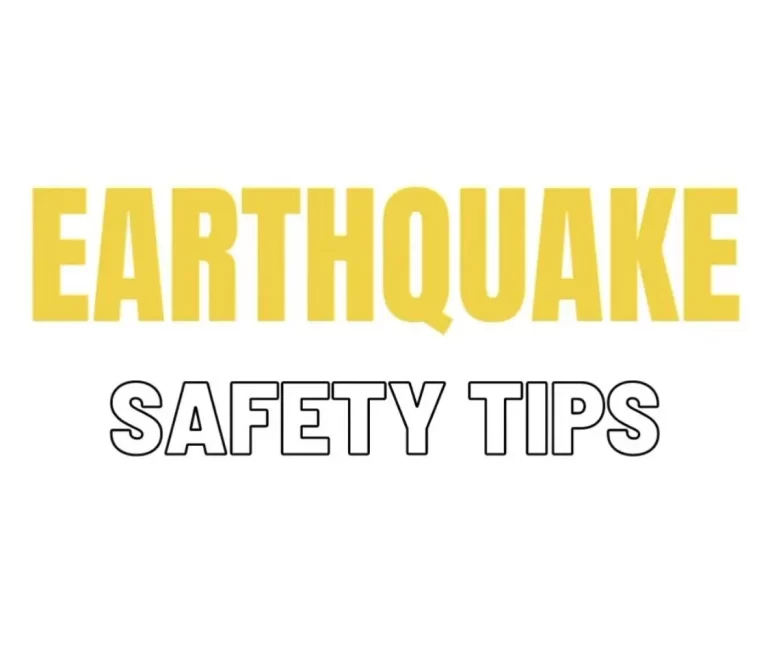6 Signs your Intrusion Security System is Outdated
In today’s rapidly evolving world, business security is more critical than ever. As new threats emerge and technology advances, relying on an outdated security system can leave your business vulnerable. Whether you operate a small office or a large commercial facility, ensuring that your security system is up to date is vital for protecting your assets, employees, and operations.
This article highlights five signs that it’s time to upgrade your business security system. From recurring false alarms to compatibility issues, understanding these indicators can help you take timely action to safeguard your business.
- Sign 1: Frequent False Alarms
- Sign 2: Outdated Technology and Compatibility Issues
- Sign 3: Limited Remote Access and Control
- Sign 4: Increased Security Breaches
- Sign 5: Frequent Repairs and Maintenances
- Sign 6: Ineffective Barriers and Parking Systems
- Overall Conclusion
Sign 1: Frequent False Alarms
A. Causes of False Alarms in Older Systems
If your business experiences frequent false alarms, it may be due to outdated technology. Older security systems often suffer from sensor malfunctions, wiring issues, or software glitches, leading to numerous false alerts. Not only are these false alarms annoying, but they also undermine the effectiveness of your security system.
Imagine a retail store with an old motion detection system. The sensors might be set off by customers moving past the store’s large display windows, causing multiple false alarms. This not only disrupts business but also desensitizes employees and security personnel to real threats.
B. How New Technology Can Reduce False Alarms
Modern security systems are designed to be more accurate and less prone to false alarms. Advanced motion detectors, AI-driven analytics, and improved sensors reduce false alerts, minimizing disruptions.
A contemporary security system with AI-powered cameras can discern between a passerby and a potential intruder, ensuring that alarms are only triggered for genuine security breaches.
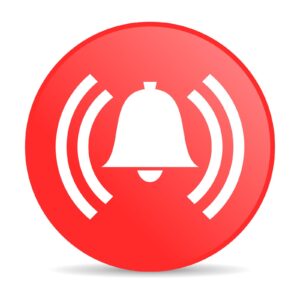
Sign 2: Outdated Technology and Compatibility Issues
A. Challenges of Aging Security Systems
As technology evolves, older security systems can quickly become obsolete. They may lack compatibility with new devices, making it difficult to integrate modern features. Additionally, outdated systems may not receive software updates, leaving them vulnerable to security threats.
Consider a business using an outdated alarm system that cannot interface with newer high-definition CCTV cameras. The lack of integration means the business misses out on improved video quality and advanced features like motion detection or facial recognition.
B. Benefits of Upgrading to Modern, Integrated Solutions
Upgrading to a modern security system allows you to integrate a wide range of advanced features, from AI-driven video surveillance to centralized control panels. New systems also provide better compatibility, ensuring seamless operation with all connected devices and enabling future upgrades.
A new integrated system allows remote access control via a smartphone app. This integration enhances security and convenience, enabling businesses to monitor and control access to their premises from anywhere.

Sign 3: Limited Remote Access and Control
A. Importance of Remote Monitoring in Today’s World
In today’s business environment, having remote access to your security system is crucial. Older systems often lack mobile-friendly options, limiting your ability to monitor your business when you’re off-site. Whether you need to check live camera feeds or receive instant alerts, remote access is essential.
An outdated system lacking remote access would require physical presence at home or at the office to perform any necessary security act.
B. Advantages of Mobile-Friendly Security Systems
Modern security systems offer intuitive mobile apps that give you complete control over your security from anywhere. Whether you want to view surveillance footage, or receive real-time alerts, the convenience of remote access can enhance both security and efficiency.
With a mobile-friendly security system, the same executive can use a smartphone app to view live video feeds and receive notifications of any unusual activity, all from the comfort of their room.

Sign 4: Increased Security Breaches
A. How Old Systems Are Prone to Hacking
Outdated security systems are more susceptible to hacking and tampering. With advancements in cybercrime, older technologies often lack the encryption and authentication measures needed to protect against modern attacks. Criminals can easily exploit vulnerabilities in outdated systems, putting your business at risk.
An older alarm system with weak encryption could be hacked by a criminal using simple tools to manipulate signals, potentially disabling the entire system and allowing unauthorized access to the premises.
B. Upgraded Solutions for Enhanced Protection
Upgrading to a modern security system provides stronger encryption, multi-factor authentication, and regular updates to safeguard against breaches. Today’s systems are built with advanced cybersecurity measures that help you stay ahead of evolving threats.
A new security system ensures that only authorized users can access the system. Regular updates help protect against the latest cyber threats, keeping your business secure.

Sign 5: Frequent Repairs and Maintenances
A. Cost Implications of Maintaining Aging Systems
As security systems age, the costs associated with repairs and maintenance increase. Whether it’s replacing outdated parts or fixing recurring issues, older systems can quickly become a financial burden. Moreover, the downtime caused by frequent repairs can compromise the safety of your premises.
A business with an outdated security system might face frequent repairs. The cost of these repairs, combined with potential downtime, can be substantial and affect business operations.
B. The Long-Term Savings of Modern Systems
Investing in a new, reliable security system may require an initial expense, but it offers significant long-term savings. Modern systems are designed to be durable and require less maintenance, reducing ongoing costs and improving overall reliability.
A business that upgrades to a new security system with fewer mechanical components and advanced technology will experience lower maintenance costs and fewer repair issues. Additionally, the improved reliability of the new system reduces the risk of security breaches and associated costs.
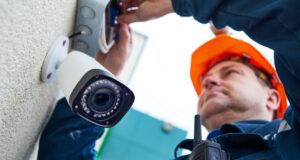
Sign 6: Ineffective Barriers and Parking Systems
A. Challenges of Outdated Barriers and Parking Systems
Parking lots are critical areas for any business, and outdated barrier and parking systems can compromise security. Old systems may have slow response times, malfunctioning gates, or limited automation. They also often lack integration with modern security measures like plate recognition or remote monitoring.
Imagine a business using a barrier system that malfunctions regularly, leading to long delays, or, allowing unauthorized vehicles to enter. This can create security risks, particularly in facilities that require controlled access.
B. Upgrading to Modern Automated Systems
Modern barriers and parking systems offer enhanced security, fast response times, and automation features. Integration with surveillance cameras and access control systems ensures that only authorized personnel and vehicles can enter, enhancing overall site security.
An upgraded barrier system with integrated plate recognition and real-time monitoring can allow businesses to control remotely. For example, an executive can grant entry to a visitor from their mobile device, ensuring convenience without compromising security.
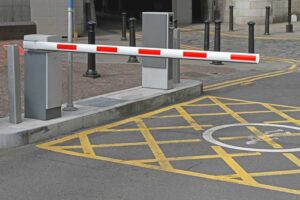
Recap of Key Points
To summarize, frequent false alarms, outdated technology, limited remote access, increased vulnerabilities, and high maintenance costs are all clear signs that your business security system is due for an upgrade. By addressing these issues, you can protect your business from potential threats and ensure that your security infrastructure remains robust.
Encouraging Proactive Security Upgrades
Don’t wait until a security breach or system failure occurs to take action. Proactively upgrading your security system is a smart investment that pays off in enhanced protection, peace of mind, and cost savings. Evaluate your current system, identify any signs of obsolescence, and invest in modern solutions to protect your business from evolving threats.

